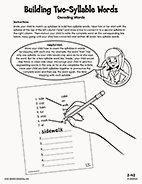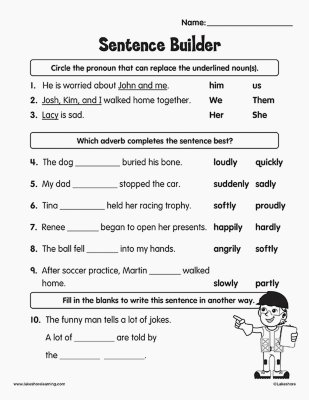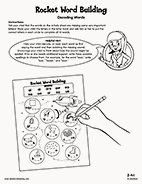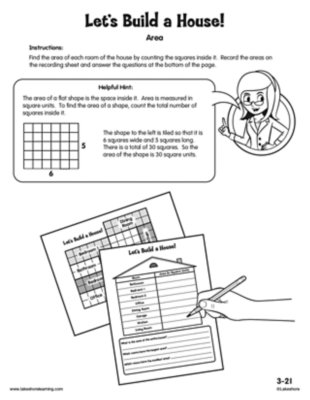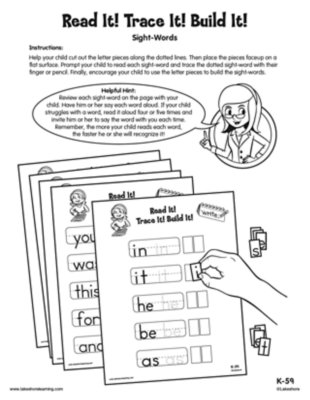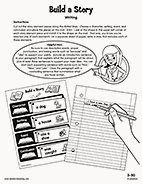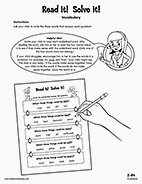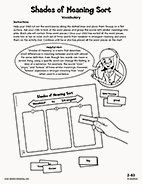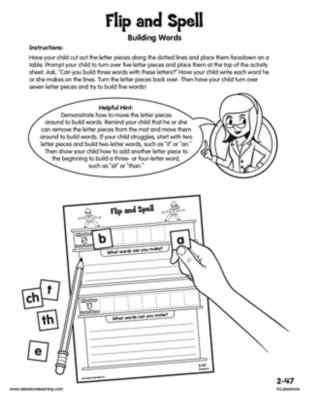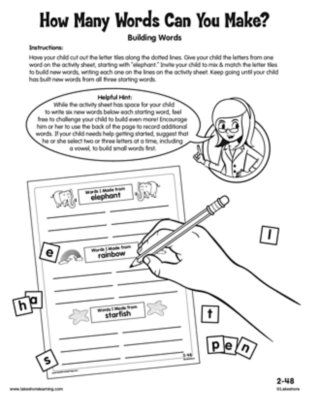Narrow by Grade
Grade
10 results for "building bricks/"
When entering second grade, your child should be able to decode—or read and understand—regularly spelled one- and two-syllable words, such as “wet” or “seven.”
View worksheetWhen entering second grade, your child should be able to decode—or read and understand—regularly spelled one- and two-syllable words, such as “wet” or “seven.”
View worksheetWhen entering third grade, your child should be able to divide a rectangle into rows and columns of same-size squares and count to find the total number of them.
View worksheetDuring kindergarten, your child will learn to read common, high-frequency words by sight, such as “the,” “of,” “to” and “you.”
View worksheetWhen entering third grade, your child should be able to write a paragraph with an opening, three or more details and a closing.
View worksheetDuring second grade, your child will build vocabulary and learn to distinguish shades of meaning among closely related words, such as “toss,” “throw” and “hurl” or “thin,” “slender” and “skinny.”
View worksheetDuring second grade, your child will build vocabulary and learn to distinguish shades of meaning among closely related words, such as “toss,” “throw” and “hurl” or “thin,” “slender” and “skinny.”
View worksheetWhen entering second grade, your child should be able to build and spell simple words by blending sounds together. For example, when given the letters “a,” “e,” “c,” “b,” “d,” “g” and “s,” your child should be able to use the letters to build and read at least three words.
View worksheetWhen entering second grade, your child should be able to build and spell simple words by blending sounds together. For example, when given the letters “a,” “e,” “c,” “b,” “d,” “g” and “s,” your child should be able to use the letters to build and read at least three words.
View worksheet